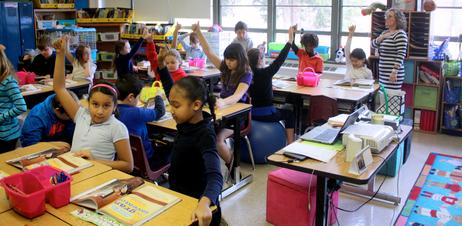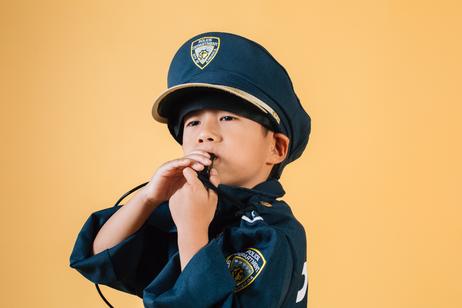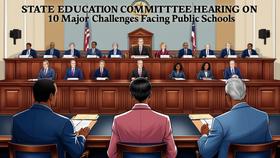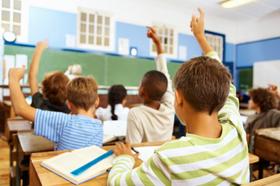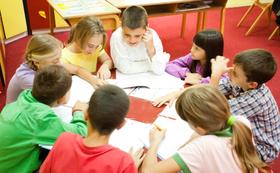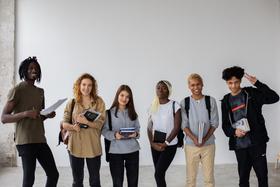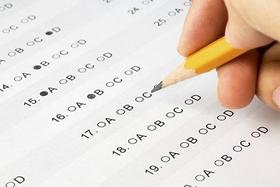You'd better watch out for the offensive classroom Christmas tree. You'd better not pout about prohibiting reindeer images in class. You'd better not cry about banning candy canes for your students - and we'll tell you why. Santa Claus is no longer...politically correct.
Over the past several years, the public has been divided over whether words and images related to religious holidays, such as nativity scenes, Santa, candy canes, and menorahs, are appropriate in public schools. The debate shows no sign of stopping, and recent events in Connecticut and Oregon underscore the fact that emotions can run high when it comes to discussions about politically correct winter celebrations.
Christmas Party Changed to "Celebration of Winter" in Connecticut
In Waterbury, Connecticut, an elementary school principal drew fire from school board members when he replaced the school's annual Christmas party with a "celebration of winter," according to Connecticut's Hartford Courant. The principal defended his choice to remove Christmas from the winter celebration, stating that he runs a public school and that he has to "do things that include every child."
However, two members of the district's school board took offense to the politically correct winter celebration. One of them complained that "there seems to be a war specifically targeted against those of the Christian faith," with the implication that the removal of Christmas words and images from the winter party constituted another battle wound in this war.
This video shows how to hold a politically correct holiday



